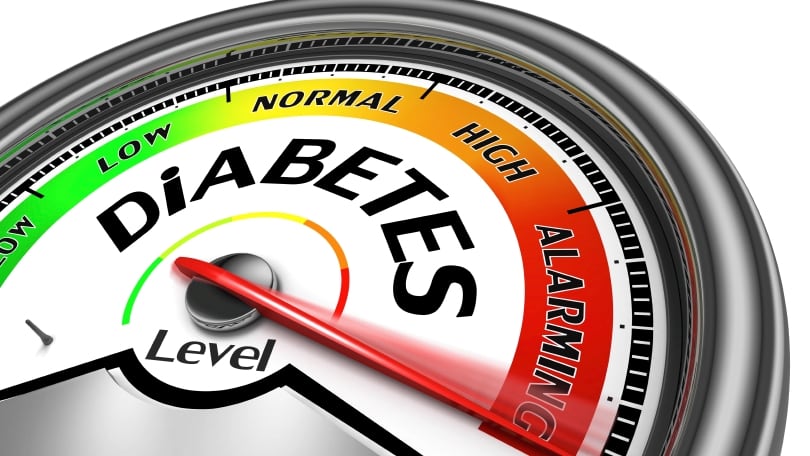In this China study, metabolic syndrome was defined as ‘a cluster of the most dangerous risk factors for heart attack including diabetes, [high blood glucose], abdominal obesity, high cholesterol and high blood pressure’.
According to its website, the IDF terms itself as a ‘global advocate’ for diabetics, which ‘represents the interests of the growing number of people with diabetes and those at risk’.
“[Of over 7,000 adults that participated], the prevalence of metabolic syndrome was 16.9% and 23.8% according to the International Diabetes Federation criteria and the consensus definition, respectively,” said the authors.
“The International Diabetes Federation criteria failed to identify 28.8% of the participants identified by the consensus definition.”
The study was conducted on 7,131 adults in West China via a cross-sectional survey using questionnaires.
The key criteria for IDF to recognise an individual as suffering from metabolic syndrome are abdominal obesity and ethnicity/race-specific waist circumference measurements. In Chinese individuals, these are 90cm or more for men, and 80cm or more for women.
In contrast, the ‘consensus definition’ includes not only IDF criteria, but also that from the American Heart Association/National Heart, Lung, and Blood Institute (AHA/NHLBI).
Here, abdominal obesity is considered a component but not a precondition of metabolic syndrome. However, subjects had to fit other cholesterol, blood pressure and/or blood glucose level criteria.
“[Overall], the International Diabetes Federation criteria were less sensitive in identifying metabolic syndrome than the consensus definition,” said the study.
Pork and metabolic syndrome
Using regression models, the authors also determined that both too much and too little pork could lead to metabolic syndrome.
“A higher frequency of pork intake (every week compared with every month or year) and a completely pork-free diet both increased the risk of metabolic syndrome,” said the authors.
“Excessive red meat intake (over 100 g/day) elevated the risk of metabolic syndrome by 28% when applying the consensus definition and by 40% when applying the IDF criteria.”
“[However], a completely pork-free diet was [also] associated with an increased risk of metabolic syndrome compared with a diet including pork.”
No such patterns observed for other meat types examined in the study, including beef and poultry.
“We speculated that the differences […] between the different meat product intake frequencies were associated with their nutrient differences,” they explained.
“Beef (mutton) and poultry (sic) are rich in high-quality proteins and contain less fat than pork.”
Recommended actions to reduce metabolic syndrome
Based on the results above, the authors recommended that the consumption of pork be decreased and/or replaced with other types of meats.
“Considering that pork, beef (mutton) and poultry are the major types of meat consumed in China, increasing the frequency of beef (mutton) or poultry consumption might decrease the intake frequency of pork,” said the study.
It added that this would be a positive move to improve dietary patterns and reduce fat accumulation in hopes of preventing and controlling metabolic syndrome.
Other recommendations were the increase of physical activity, reduction of smoking and enhanced health education.
Source: Asia Pacific Journal of Clinical Nutrition
Authors: Xu, X. et. al.
Study: The influence of diet and behaviour on metabolic syndrome and the prevalence of metabolic syndrome according to different definitions in west China





